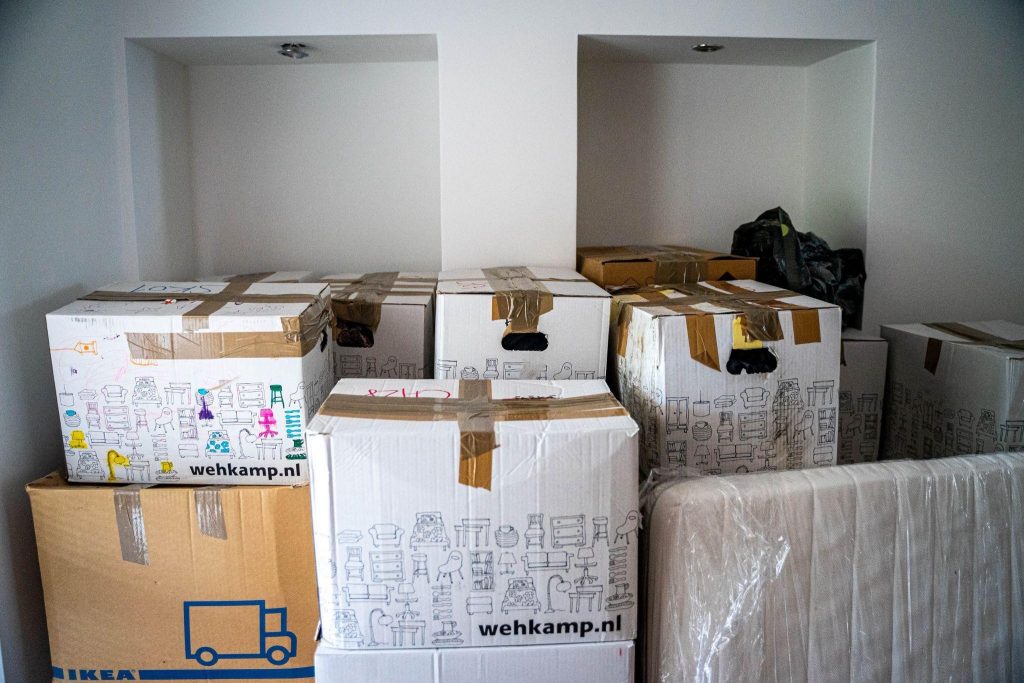Small business owners or employees often have to wear a lot of hats. Your small business may not have a tech guru, and even if you do, they’ll want to brush up on their techniques when it’s time for a server migration. The last thing you want is to create additional friction with this type of update. Even if data isn’t lost in the shuffle, a server migration that is cumbersome, confusing, or overly long could have severely negative consequences for the business that ripple long after the migration process. Let’s mitigate that risk by going over how to migrate servers for small businesses without any hassle.
Server Migration: The Basics
Before we go over how to migrate servers, let’s clarify what this process actually entails. Migrating servers broadly means just what it sounds like: transferring your data from one source to another. In most cases, these sources are servers, which have online hosts or hosting systems, and can also include a limiting and bulky physical hardware element.
There are multiple ways to accomplish server migration, whether you are migrating from one server to another or you are transitioning from using a server to using a cloud-based service. Make sure you’re clear on the type of server migration that will work best for your small business.
Hassle-Free Starts with Quality
If you want your server migration process to go as smoothly as possible, make sure you invest in quality servers. It does no good to go through all the trouble to move over your data for your small business to a new server if that server isn’t the standard you need for your business to be successful. One of the most important quality checks you need to consider before a server migration for it to be successful is looking at the memory of your new server. Upgrading your server memory enhances your system, boosting its performance and elongating the lifespan of your networking equipment so that your server migration can go more smoothly and last longer. Total win-win!

Proactively Prepare for Your Migration In Advance
Like a successful move across the country, a hassle-free server migration can’t be done on a whim. Instead, you’ll need to do planning in advance. And this isn’t a passive sort of plan, but a proactive preparedness system. Thoughtfully consider how long you can realistically have the data in the server be inaccessible, and when it would be most appropriate to have that occur. Consider factors such as how delays would be dealt with and who would manage the migration and its effects.
In your preparation stage, you may find it useful to consult migration guides. However, note that because of the nature of technological advancement, these guides will constantly become outdated. Consulting with an expert is often the only way to get the most up-to-date information about best practices for server migration.
Understand the Layers of Your Data
Server migration isn’t just transferring the surface data – it’s migrating everything over from one place to another. A lack of understanding of the applications being migrated can lead to dependencies getting forgotten or missed. That can cause some extreme hassles during or after the server migration process.
You want all the layers of your data to stay together through the transition. Make sure that your plan for the move includes a prior inventory of each level of data that needs to come over, including legacy applications that are written for earlier operating systems and are not Internet-enabled. You may need to hire outside help if no one in your small business has sufficient expertise for this level of care.
Back-Up Your Back Up
Even the best-laid plans can go awry, and with a small business server migration, that’s a risk you can’t take. So make sure to intentionally back up all the data before the migration, ideally in multiple, secure locations.
Then, if something does happen, you’re at the level of inconvenient annoyance instead of irreparable catastrophe. Hopefully, you won’t have to thank us for this tip later, but it’s better to be safe than sorry.
Take Your Time
Server migration can seem overwhelming, but this doesn’t have to be something that is super stressful. It’s best if you take your time in the planning process so that the implementation of your plan unfolds as smoothly as possible.
Then, when it’s the big day for the server migration to actually take place, all the steps are already in place. Your small business administration will be able to breathe a sigh of relief with the hassle-free migration you will have just completed!
